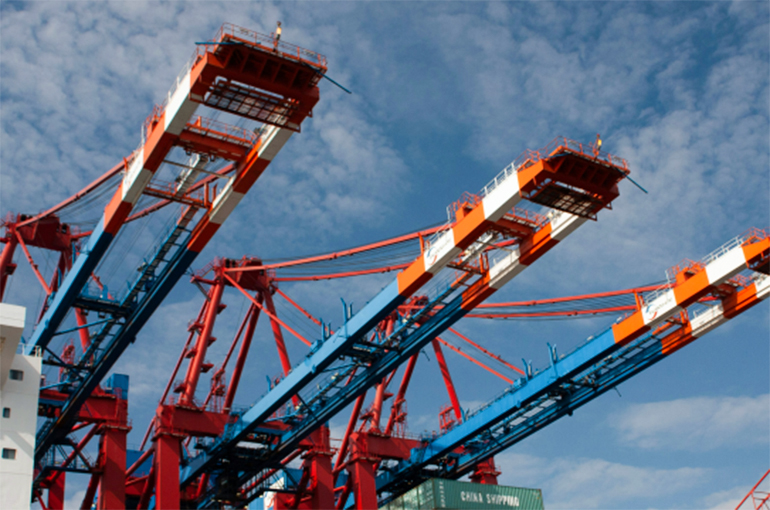 ASEAN+3 Region Is Prepared to Withstand Global Tariff Shocks, AMRO Says
ASEAN+3 Region Is Prepared to Withstand Global Tariff Shocks, AMRO Says(Yicai) April 15 -- The ASEAN+3 region, which consists of the 10 member states of the Association of Southeast Asian Nations and China, Japan, and South Korea, is resilient and has the policy capacity to withstand the global trade shocks following the US administration's so-called reciprocal tariffs, according to an international organization that contributes to the area's economic stability.
The ASEAN+3 region faces an excessive impact from the new US tariffs, the ASEAN+3 Macroeconomic Research Office announced today. Thirteen of the 14 member economies are subject to some of the highest effective tariff rates announced by US President Donald Trump, "with a trade-weighted average estimated at 26 percent excluding China," it added.
The levies and the uncertainty due to the constant policy shifts will likely weaken trade momentum, disrupt supply chains, and increase financial market volatility, Singapore-based AMRO noted.
AMRO had projected the ASEAN+3 region's economy will grow more than 4 percent this year and the next, "supported by robust domestic demand, recovering investment, and low, stable inflation," it said. However, the reciprocal tariffs have raised considerable uncertainties, which could drag the growth to below 4 percent this year and 3.4 percent in 2026, it added.
The ASEAN+3 regional outlook remains underpinned by resilient fundamentals, according to AMRO. Member economies possess ample policy space to cushion near-term shocks, with their governments having the fiscal capacity to target support for vulnerable sectors and sustain domestic demand, it pointed out.
The central banks of countries in the ASEAN+3 region "have room to ease monetary policy in view of the low and well-anchored inflation rates, and can deploy macroprudential tools and liquidity facilities to safeguard financial stability," AMRO said.
In addition, the region is supported by a more diversified export market, AMRO noted, adding that its exports to the US make up just 15 percent of its total, compared to about 24 percent in 2000. "Continued progress in regional integration and trade diversification will further strengthen the region's ability to weather global turbulence," it added.
Trump signed an executive order on the reciprocal tariffs on April 2, announcing a baseline 10 percent levy on trading partners and additional tariffs for some effective April 5. Chinese imports first faced an additional 34 percent border tax, which was then raised to 145 percent on April 11.
Before the reciprocal tariffs, AMRO said that China's economic growth will likely top 4.8 percent this year and 4.7 percent next year and reach its estimated potential of 4 percent in 2030.
Although risks remain, China's near-term economic growth outlook remains relatively positive, AMRO noted. Consumption will be a key driver, supported by lower interest rates and improved local government finances, it said, adding that investment in infrastructure, high-tech manufacturing, and services are expected to gain traction this year, while real estate investment will likely bottom out by the end of the first half.
Editor: Martin Kadiev